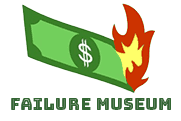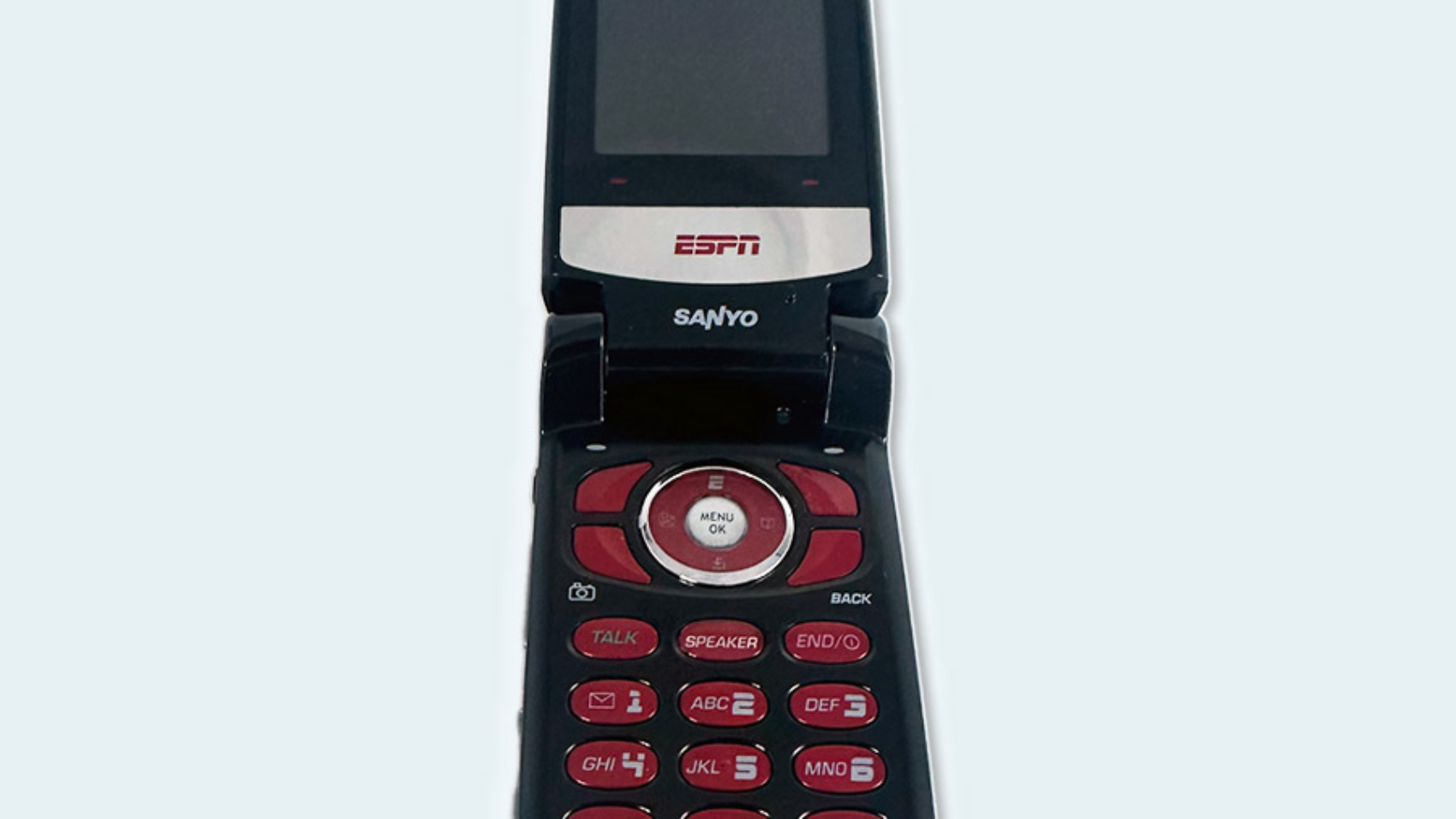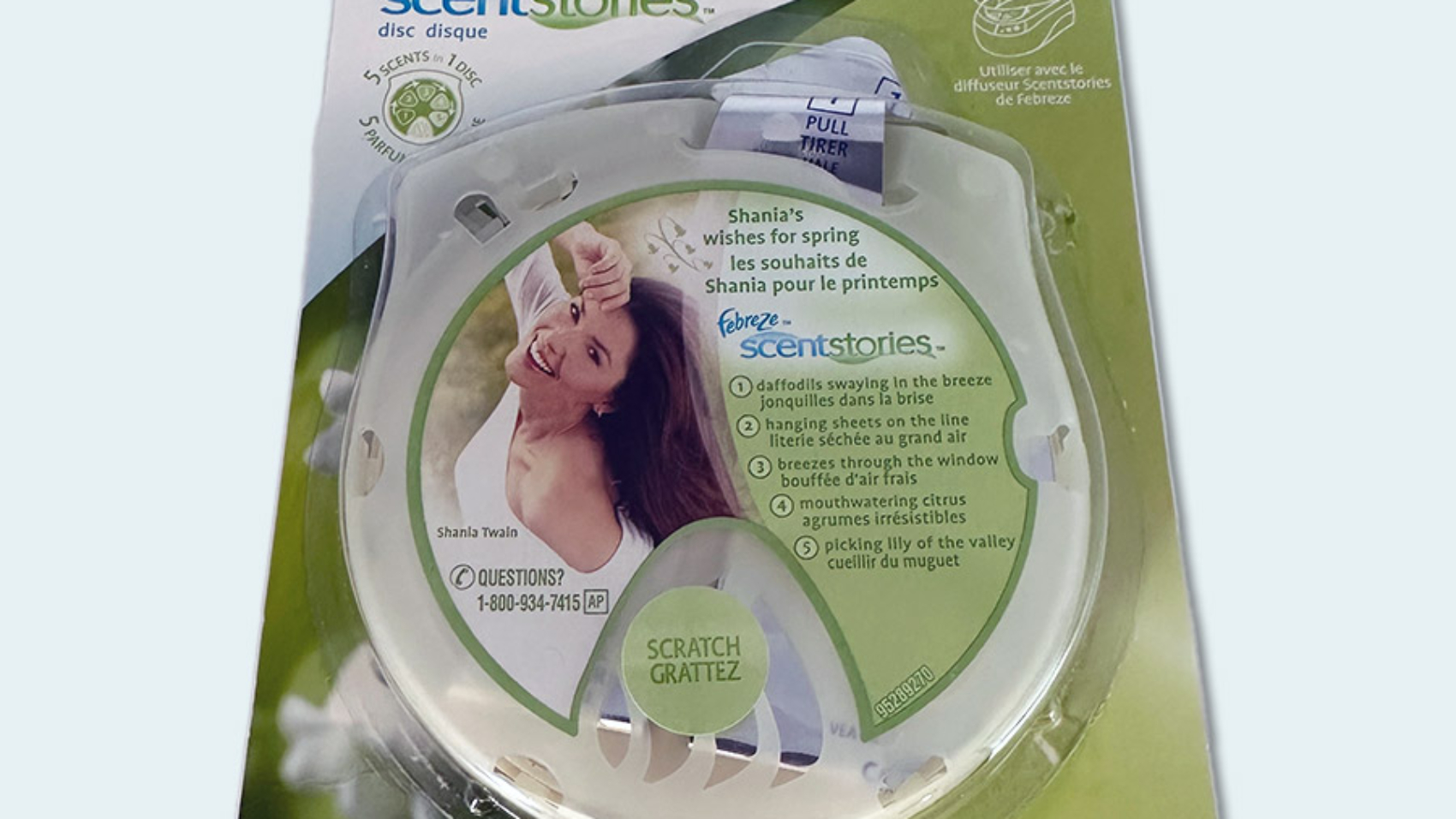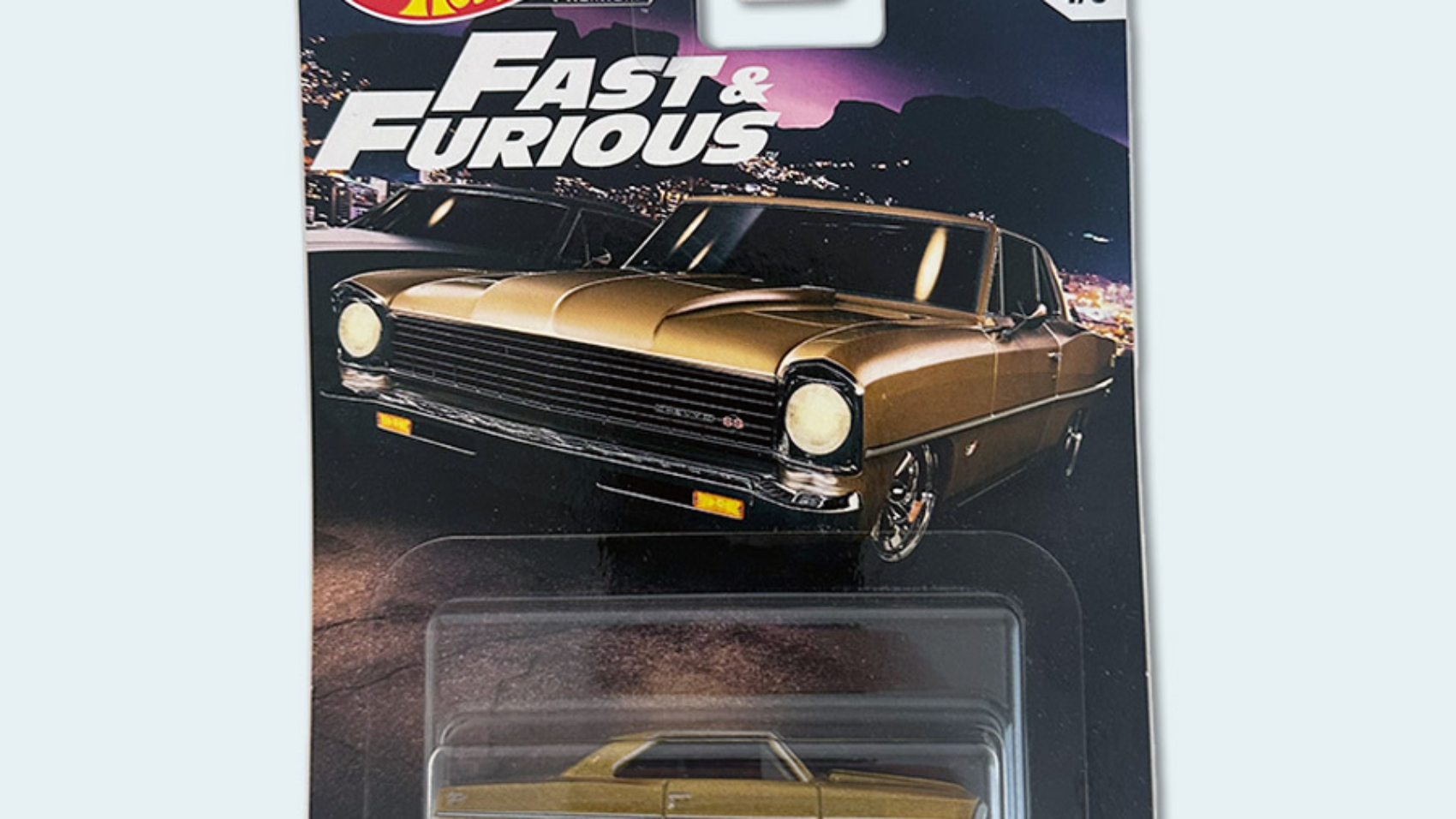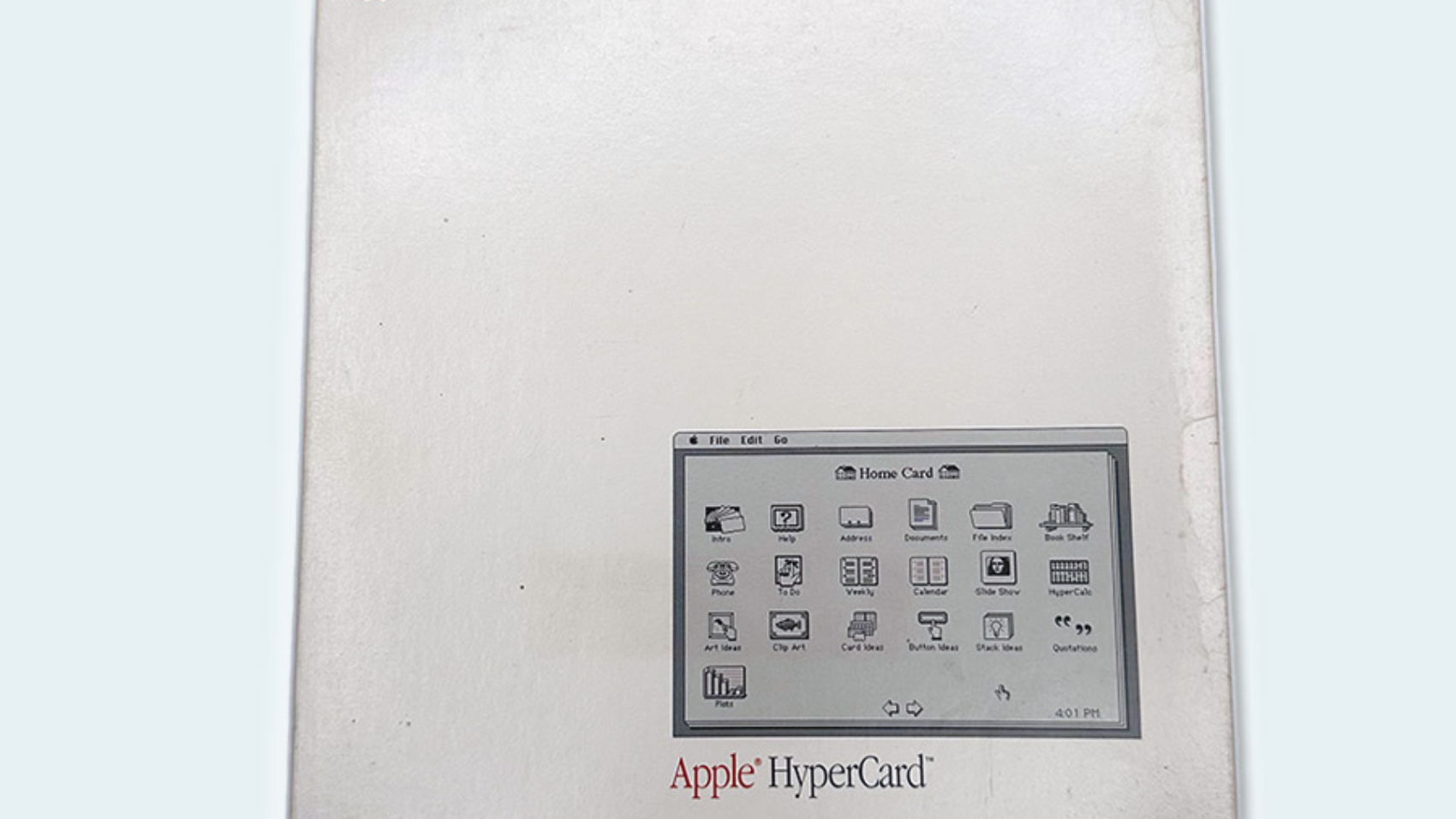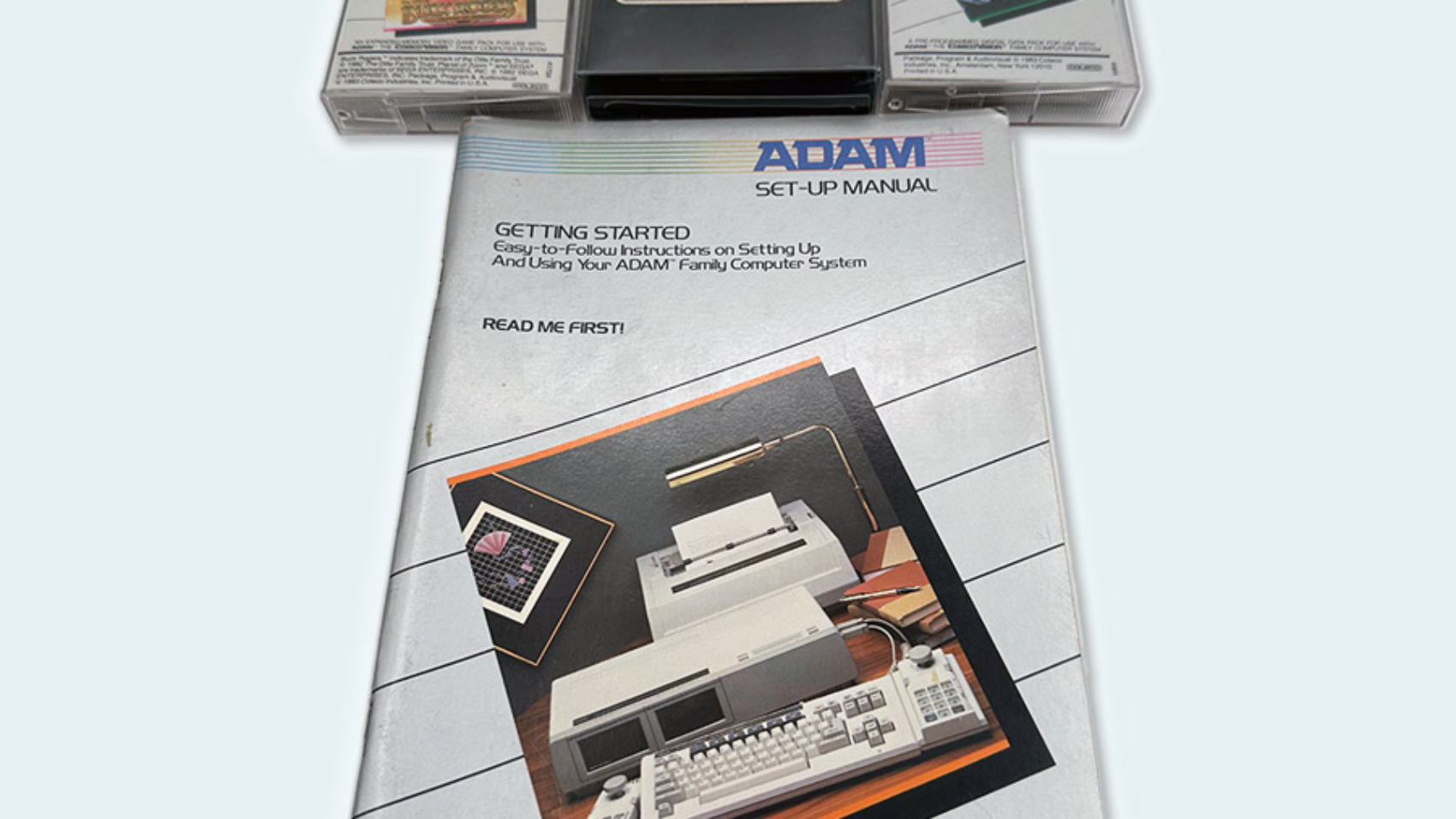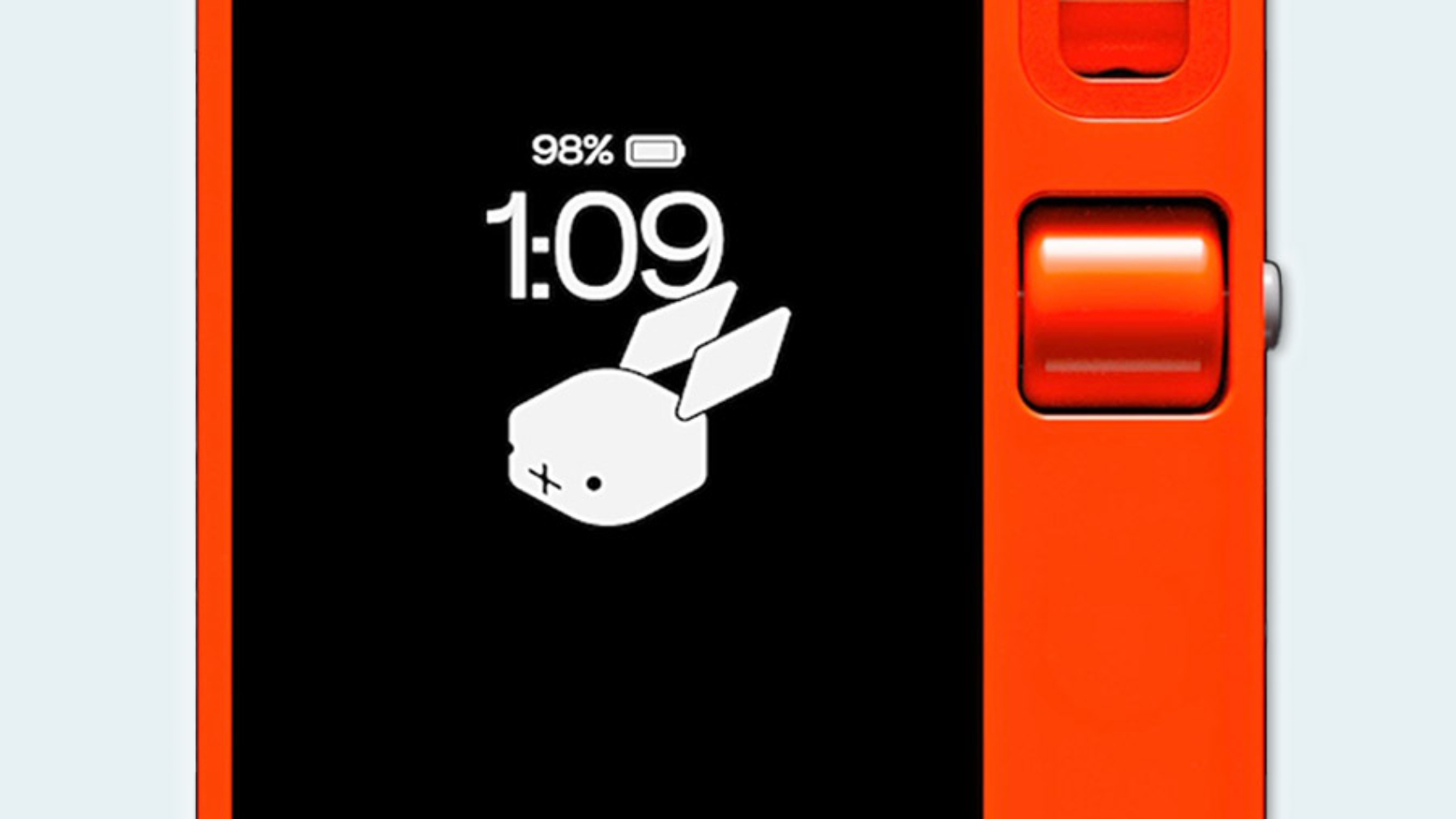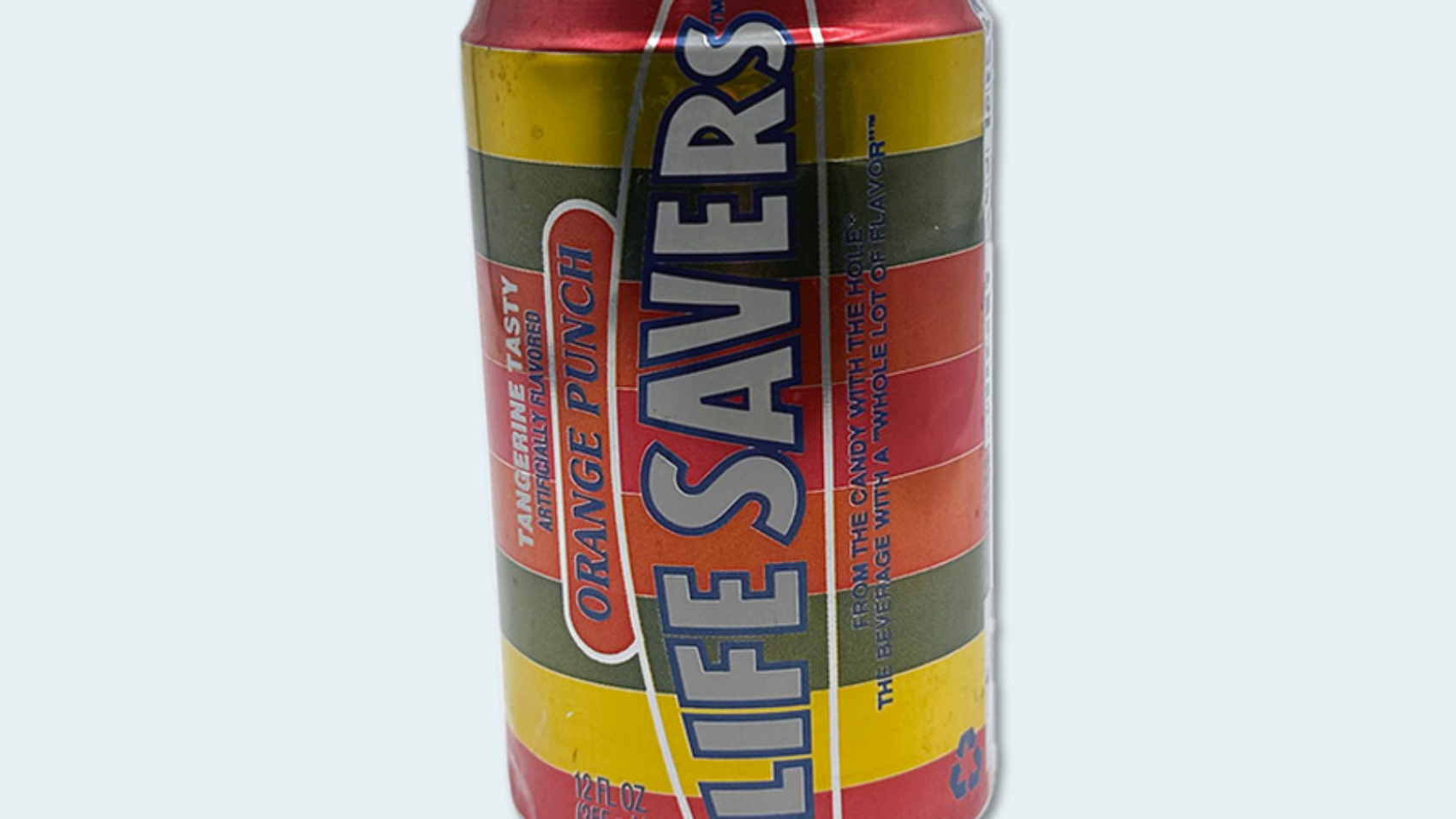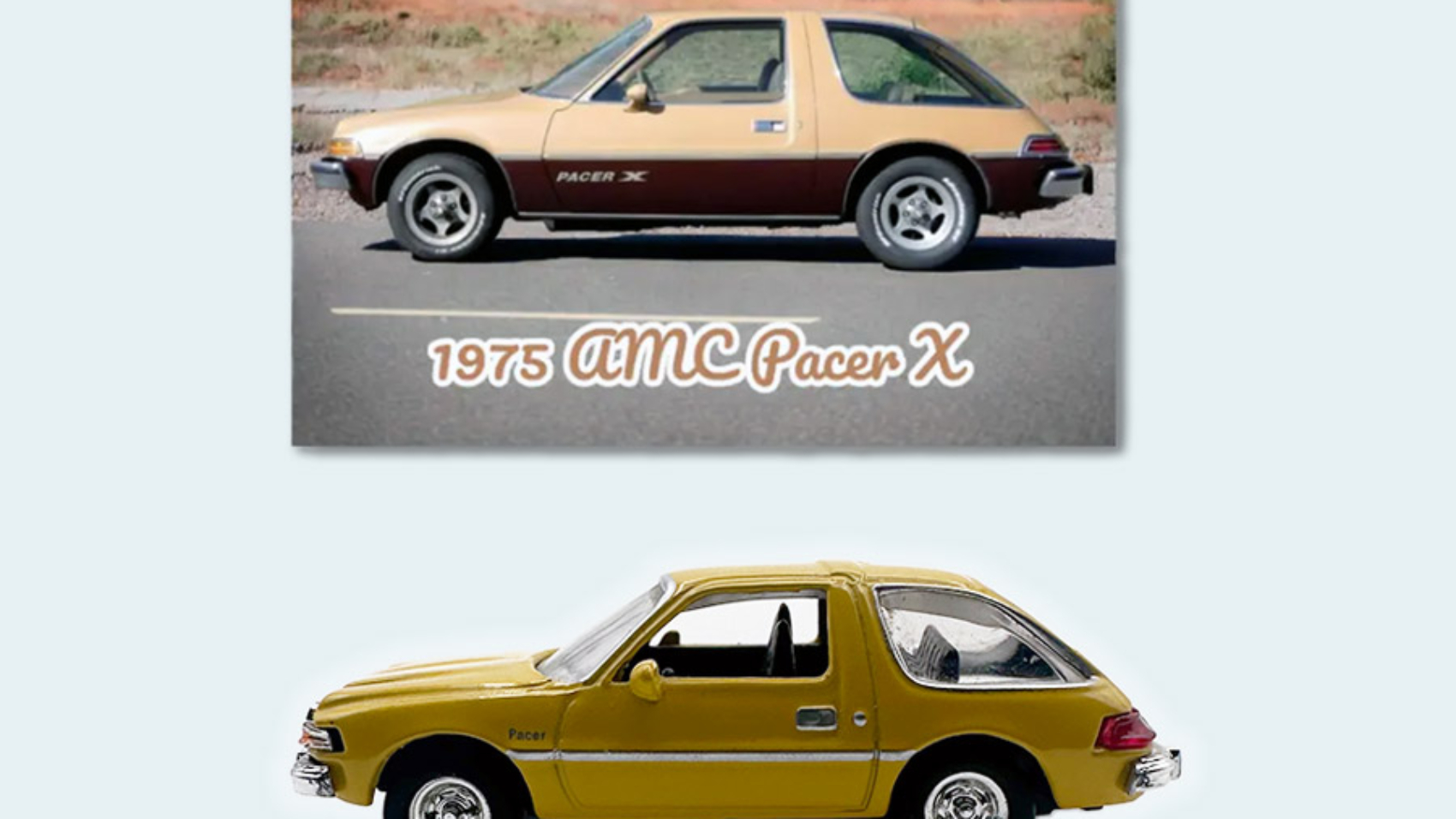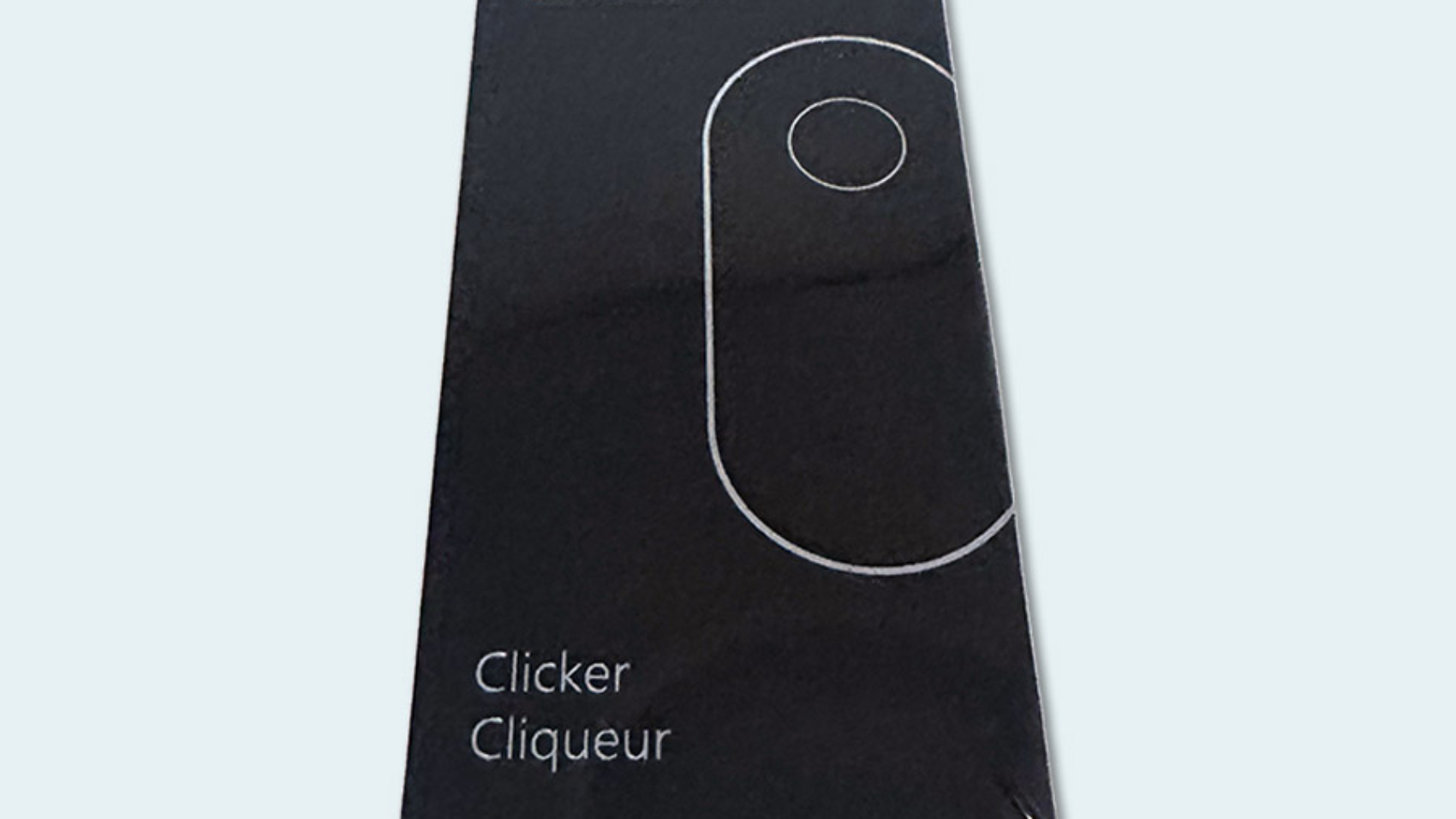Founded in 2013, Beautycounter, a leader in the clean beauty business, raised over $100M and was sold to a private equity firm for $1B in 2021. As the pandemic receded, consumer spending went down and sales slowed across the entire beauty sector. While Beautycounter’s focus on clean formulations was a selling point when it launched, it now faced legions of competitors leading to its demise in 2024.
ESPN Mobile Phone
Launched and discontinued in 2006, ESPN burned through $150M (including $30M on a Super Bowl ad) for its mobile phone and only hit 6% of its sales target. ESPN built a wireless service and special phone so sports nuts could receive score updates, launch GameCast, and browse ESPN.com content. In addition to the $300 cost for the phone, customers had to spend between $65 and $225 per month for content.
Febreze Scent Stories
Launched in 2004, Febreze Scent Stories was a clamshell device which added new scents every five minutes within a 30-minute disc. They proclaimed: “You can play scents… like you play music!” By making Shania Twain its spokesperson who helped with fragrance selection, consumers incorrectly assumed the device would also play her music.
Chevy Nova
Launched in 1962, Chevrolet had problems selling the Chevy Nova automobile in Latin America since “no va” means “it doesn’t go” in Spanish.
Apple HyperCard
Launched in 1987, HyperCard was a tool for making tools – Mac users could use Hypercard to build their own mini-programs to balance their taxes, manage sports statistics, make music – all kinds of individualized software that would be useful (or fun) for individual users. These little programs were called stacks, and were built as a system of cards that could be hyperlinked together.
Mac users have an innate sense of “Mac-like”; most Mac users can determine whether a particular software package is Mac-like within 60 seconds of launching it and poking around. And HyperCard stacks, never felt even close to Mac-like. It always felt like HyperCard was its own little GUI universe running within the Mac OS (even though we didn’t call it “Mac OS” back then). Stacks felt and looked consistent with other stacks, but never felt, looked, or acted like other Macintosh apps.
Not only did HyperCard stacks eschew the standard Mac OS GUI control widgets, but they even went so far as to hide the menu bar. Which is fine for games, but for just about anything else, it’s an outright insult to Mac UI sensibilities.
Coleco Adam
Launched in 1983 and discontinued in 1985, the Coleco Adam computer was heavily criticized upon launch for numerous defects in early units. About 60 percent of Adam owners returned their units because of the defects leading to Coleco filing for bankruptcy.
Rabbit R1
Launched in 2024, the Rabbit R1 is supposed to be a “super-clever, ultra-helpful AI assistant” which was pre-ordered by over 100,000 people. However, the R1 is underwhelming, underpowered, and undercooked. It can’t do much of anything.
Life Savers Soda
Launched in 1981 and discontinued in 1982, Life Savers Soda actually fared well in taste tests. But it tanked once in stores. Explained one brand critic, quoted in the 2005 book Brand Failures: “The Life Savers name gave consumers the impression they would be drinking liquid candy.”
AMC Pacer
The 1975-80 AMC Pacer was a key factor in American Motors’ demise as an independent automaker. The Pacer was AMC’s most costly new car of the 1970s. Because of the car’s heft it consumed a lot of oil, gas mileage and acceleration was weak, and longevity was questionable.
Microsoft HoloLens
Launched in 2016 and discontinued in 2023, Microsoft HoloLens is an augmented reality/mixed reality headset. It failed because its usefulness never grew over time, while it has a limited field of vision and the virtual objects are only visible in a pretty small square in the middle.

